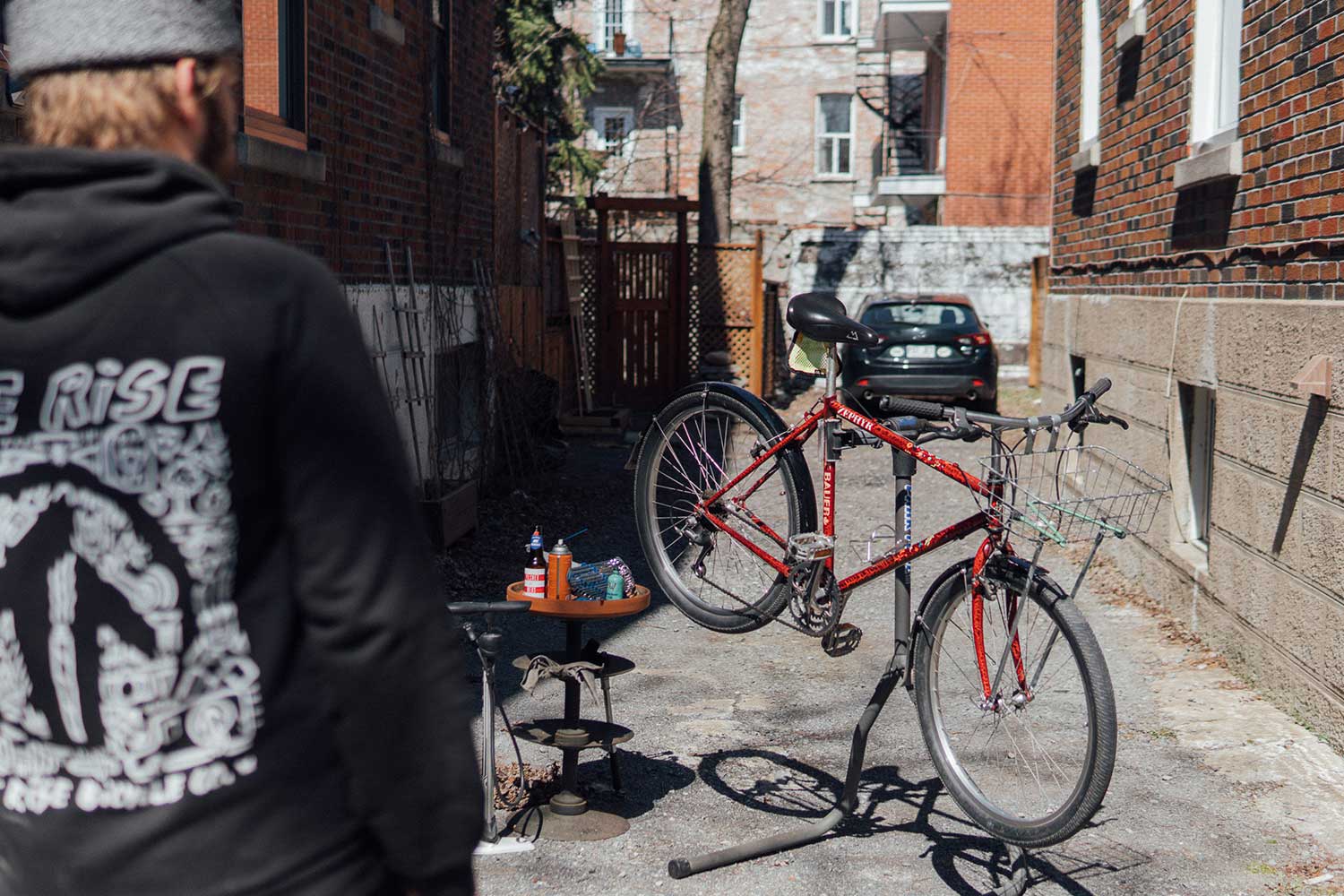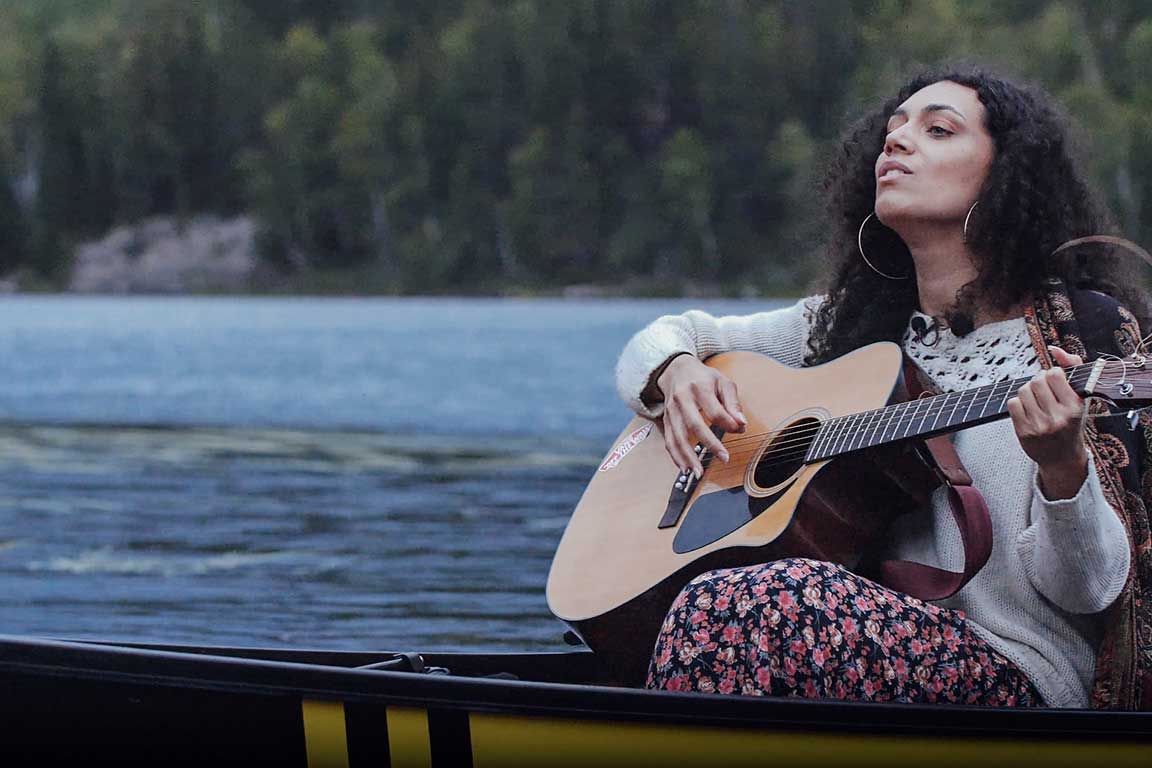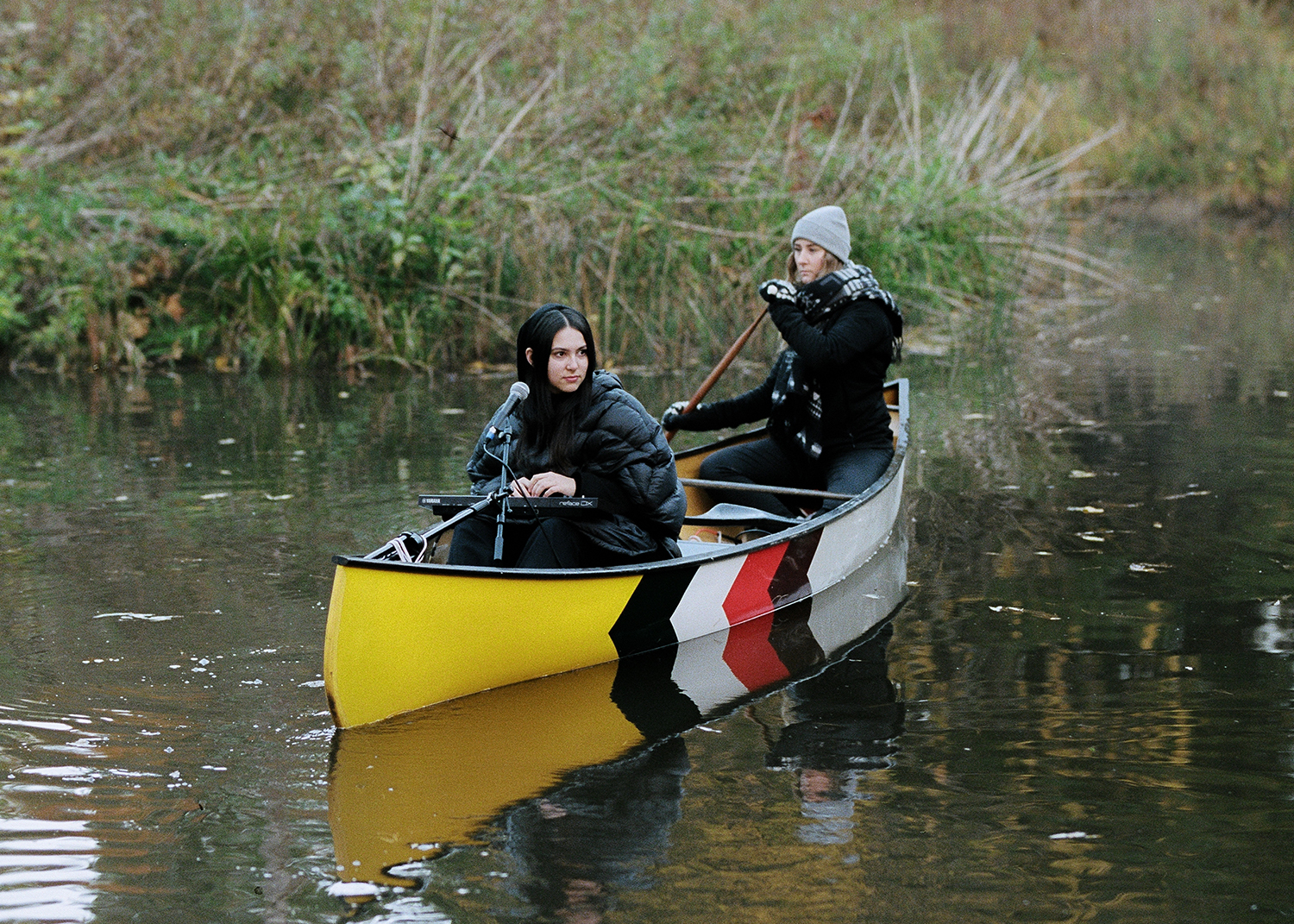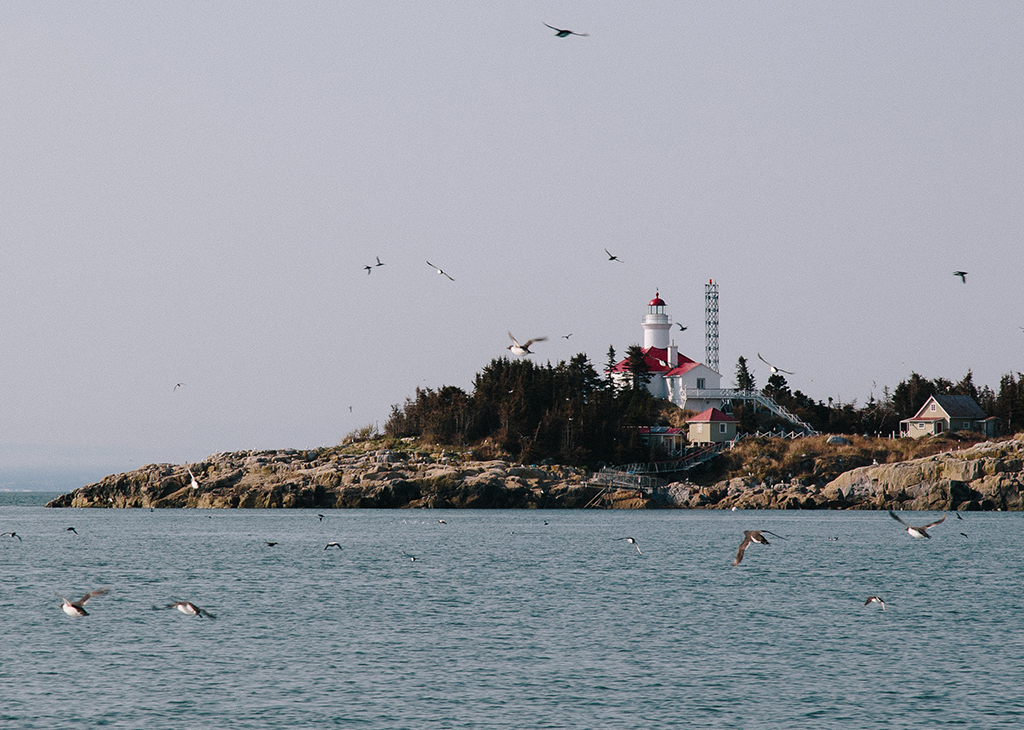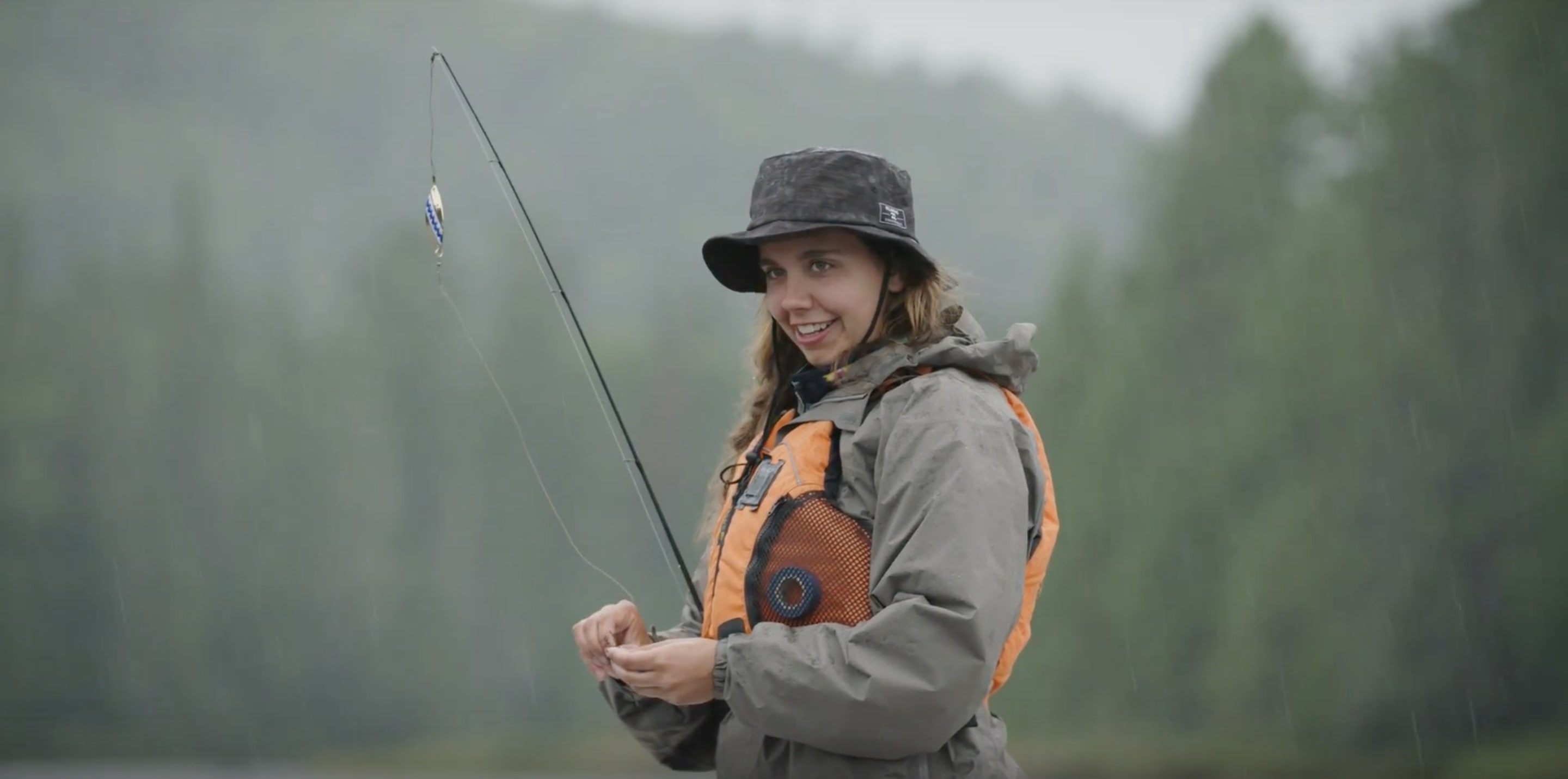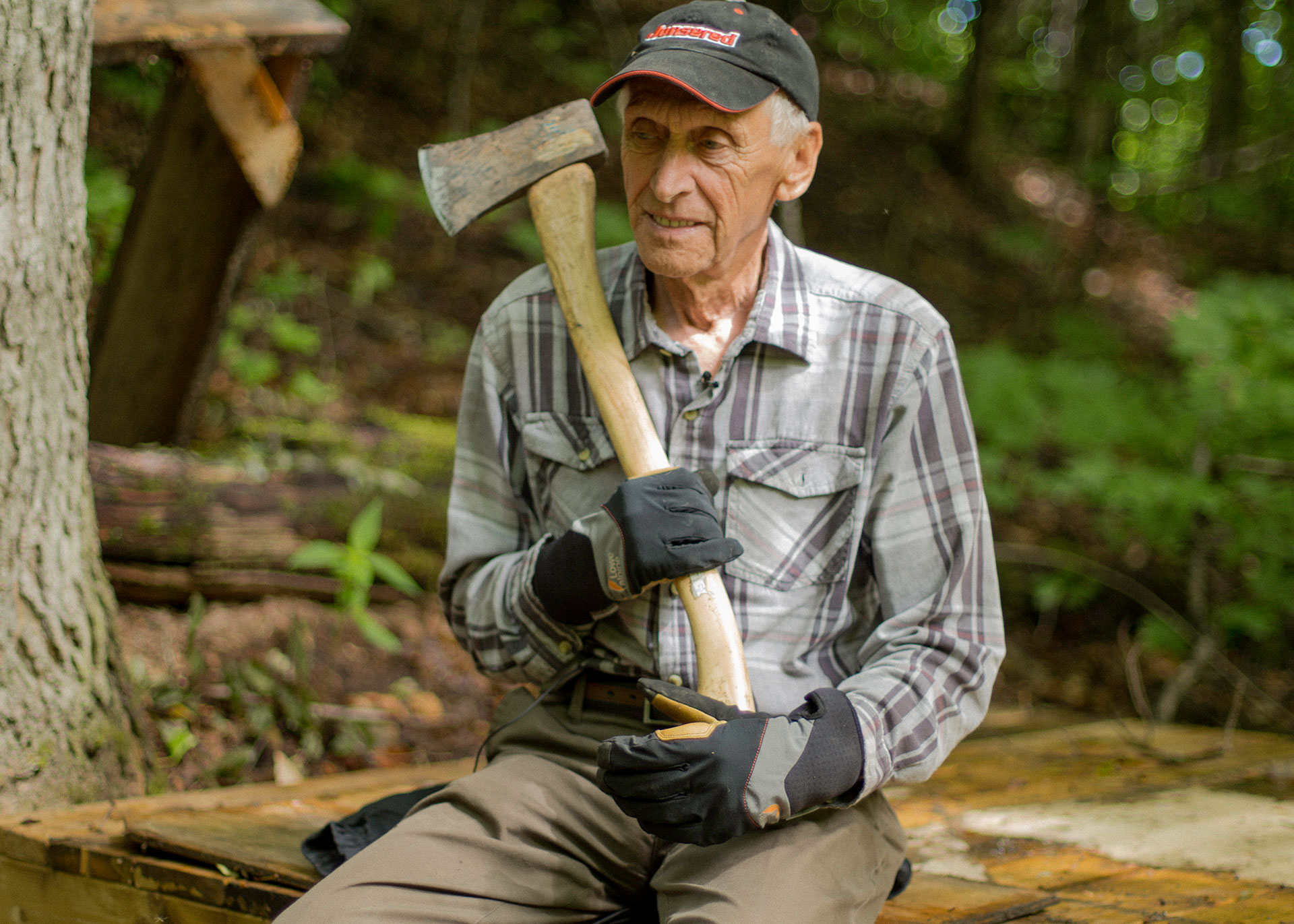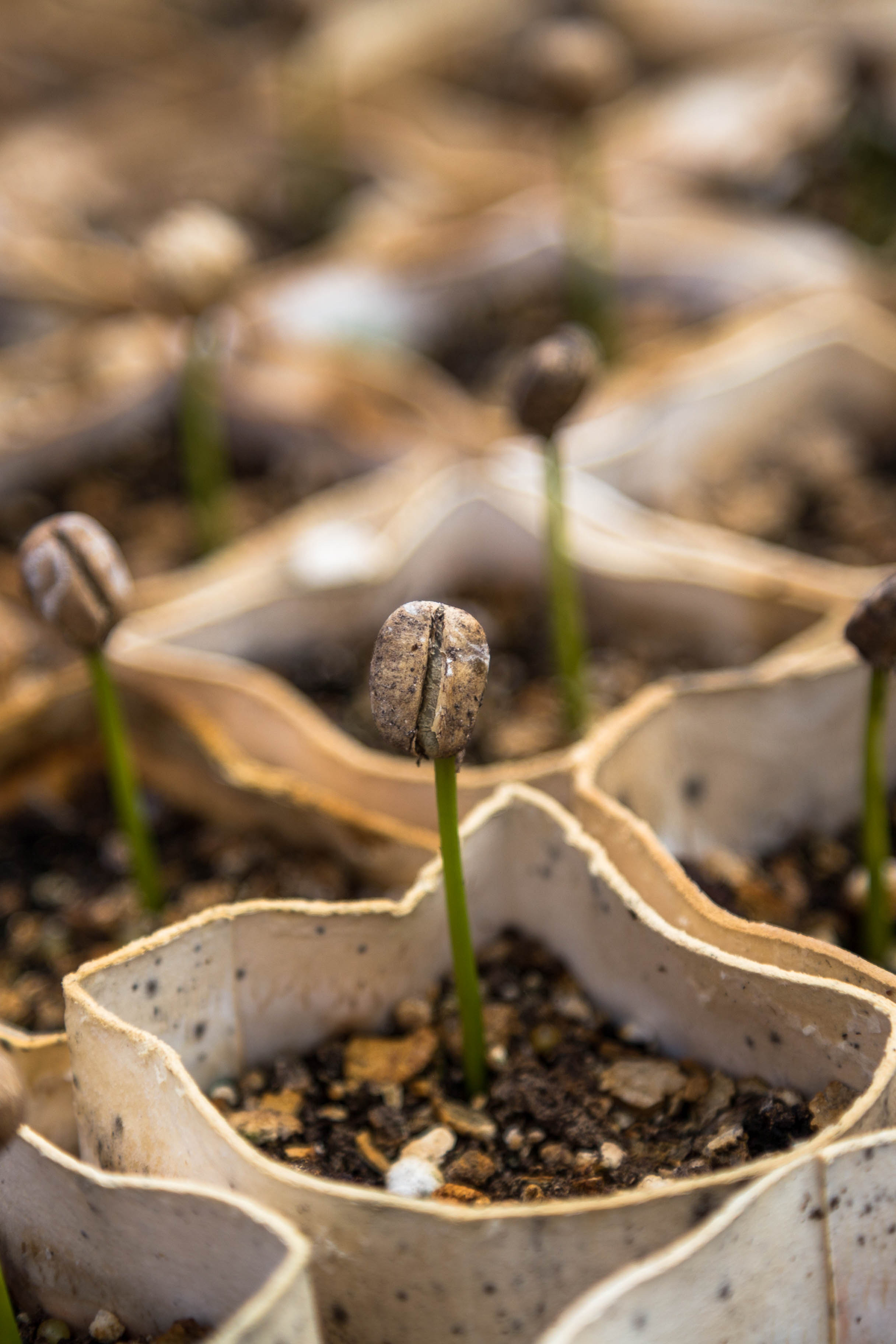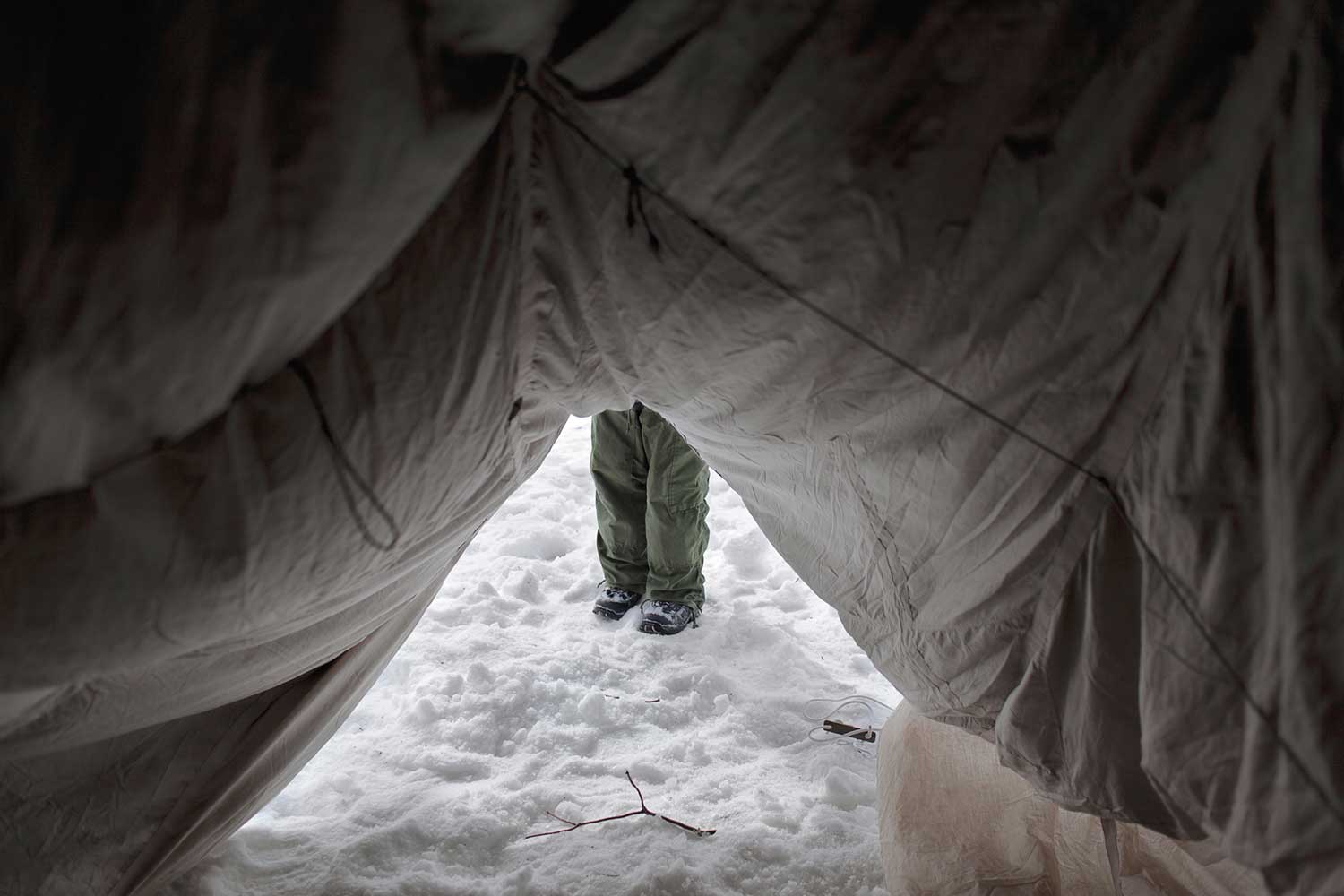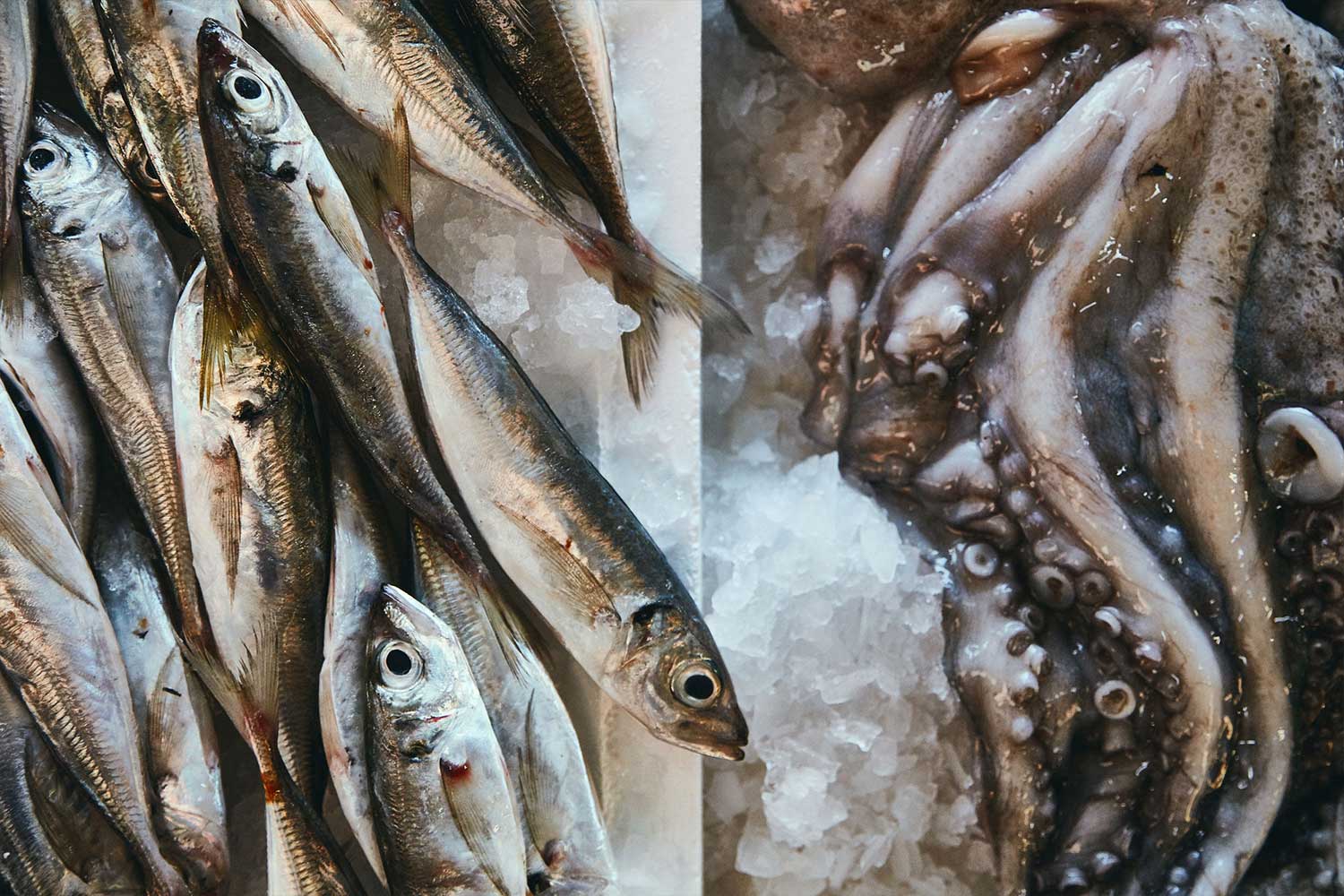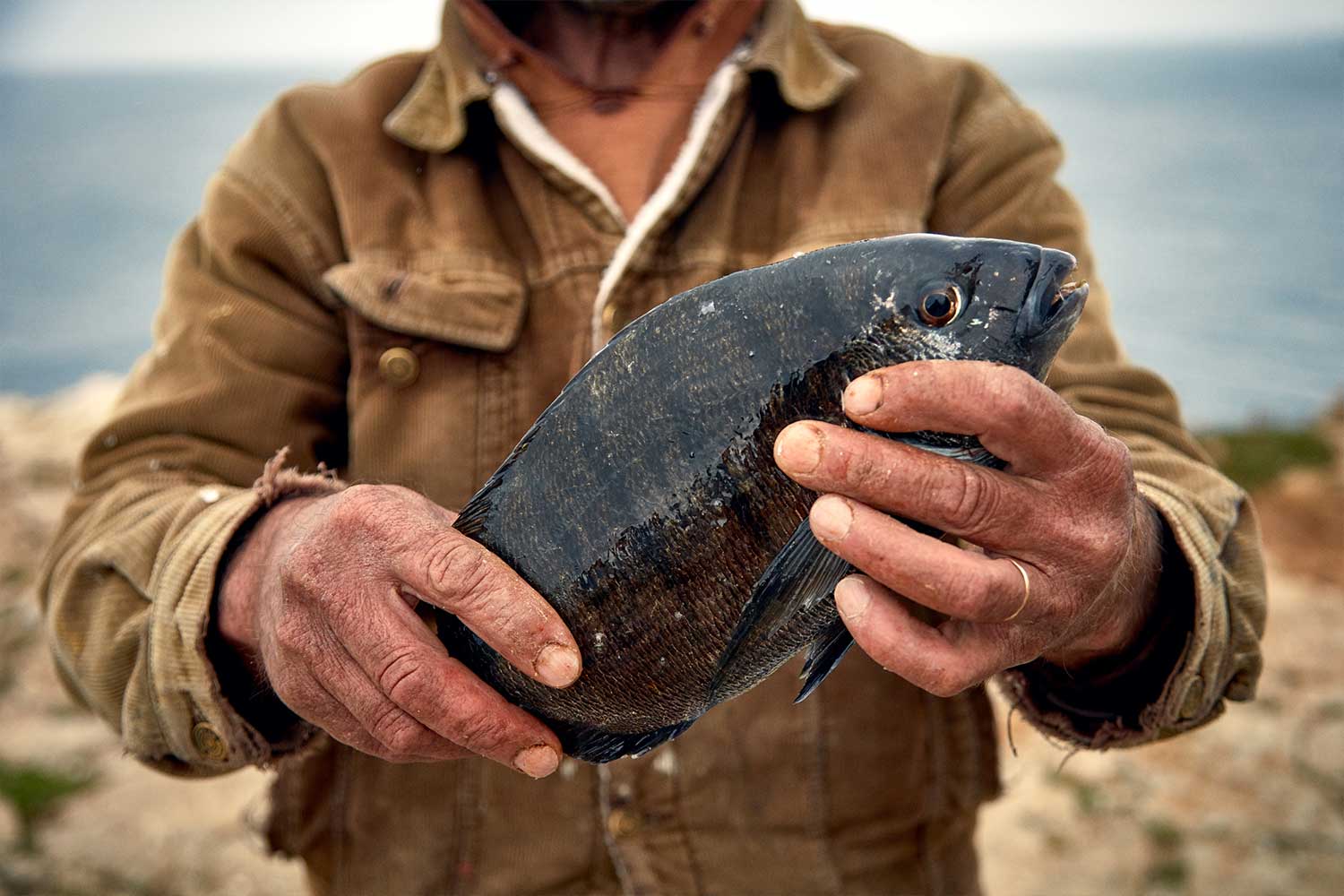Q&A
Nicolas Gouin
Contrasts, Candour, and Hope
Nicolas Gouin is a photographer interested in the environment, culture, collective knowledge, and human rights. He is the founder of Goba Studio, a creative workshop dedicated to meaningful and insightful projects. When he’s not editing photos in Saint-Henri, he travels the world with his camera in hand or wanders the woods with his hunting rifle.
When did you first become interested in photography?
I always liked taking pictures, but as a child I really wanted to be a pilot in the Canadian Armed Forces. My dream started to come true; I joined the cadets and started flying lessons. But my vision’s not perfect, and I was disqualified by my medical exam. The professional soul-searching that followed led me to photography. Now I fly my drone to combine my passions.
My first photo essay, Cadets, illustrated the adolescent search for identity in a restrictive military environment. It’s only now that I realize what a personal project that was. To create images that you like, you have to photograph subjects that touch you, torment you, and change you—at least, that’s what I try to do as an artist.
Every year, 12-to-18-year-old cadets build their resourcefulness and team spirit through wilderness survival training exercises—here, in Saint-Bernard-de-Lacolle and in Philipsburg, Québec. In both summer and winter, they leave their phones at home and are plunked down in the middle of nature, totally disconnected, and surrounded by a thousand living beings.
What photograph or photographer has had the greatest influence on you?
First of all, the Canadian photographer Edward Burtynsky. I first discovered him at CEGEP through the documentary Manufactured Landscapes. His sublimely beautiful landscapes managed to tell a human story, even when there’s not a single person in them.
Alec Soth then really fueled my desire to meet fascinating strangers in order to tell their stories. He taught me how to use my camera to enter the lives of people who would otherwise have no reason to talk to me.
In both of their works, what interest me are the contrasts: fragility and strength, the beautiful and the ugly, intimacy and distance. I think you can see a lot of them in my photographs.
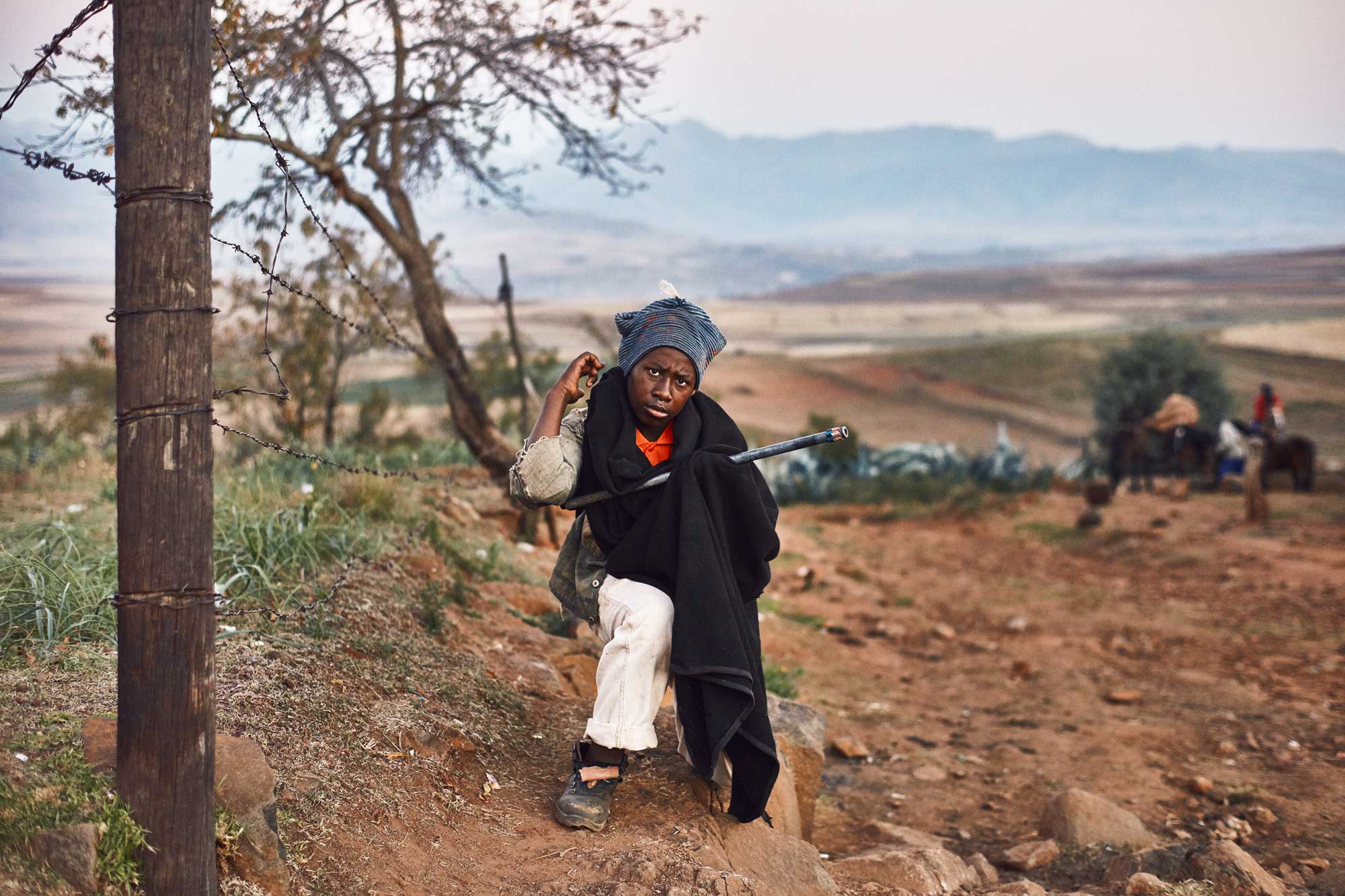
You’ve taken portraits all across the world. Is there a place that particularly stood out for you?
I visited Lesotho in 2016. It’s an enclaved country entirely surrounded by South Africa. Located more than 1,000 meters above sea level, it boasts majestic mountains, winding valleys, and a complex network of rivers. While I was there, I stopped in Malealea, a small farming village of around 600 people. They were experiencing a drought, and their resilience moved me deeply. I established their trust and was able to photograph them. They all wanted to be at their very best in their photos!
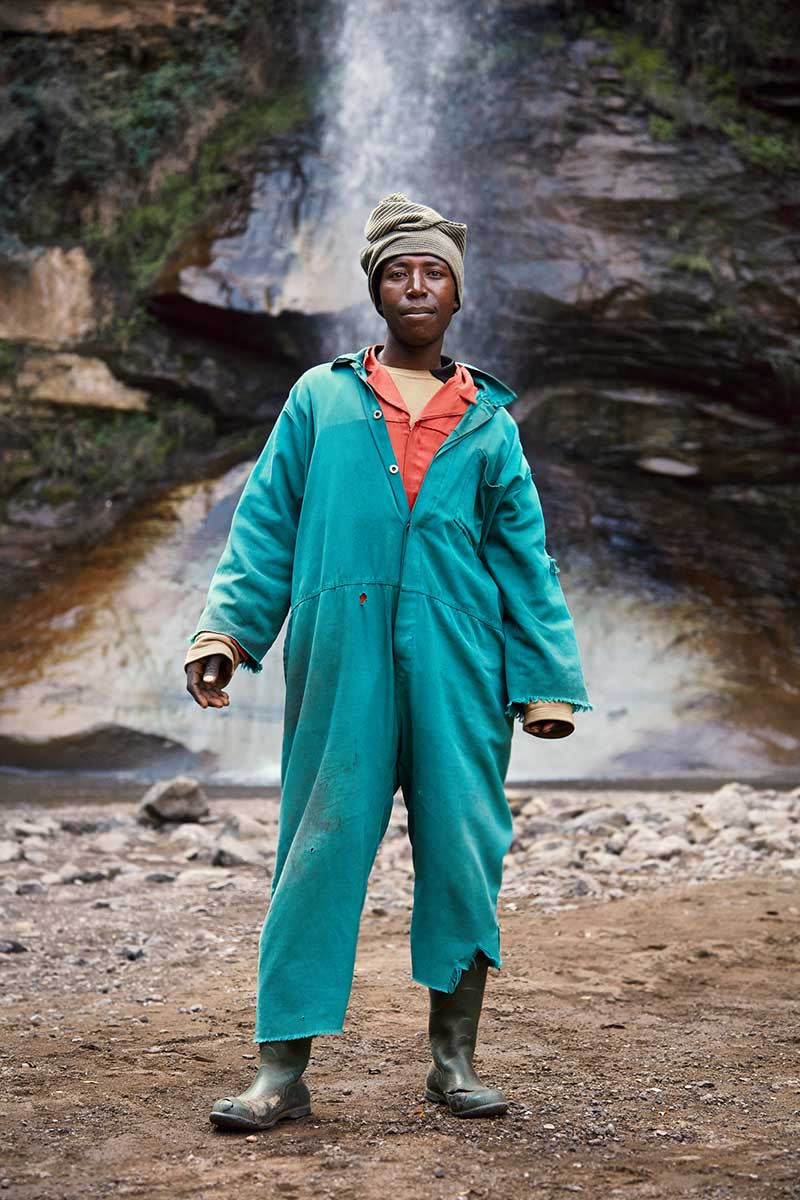

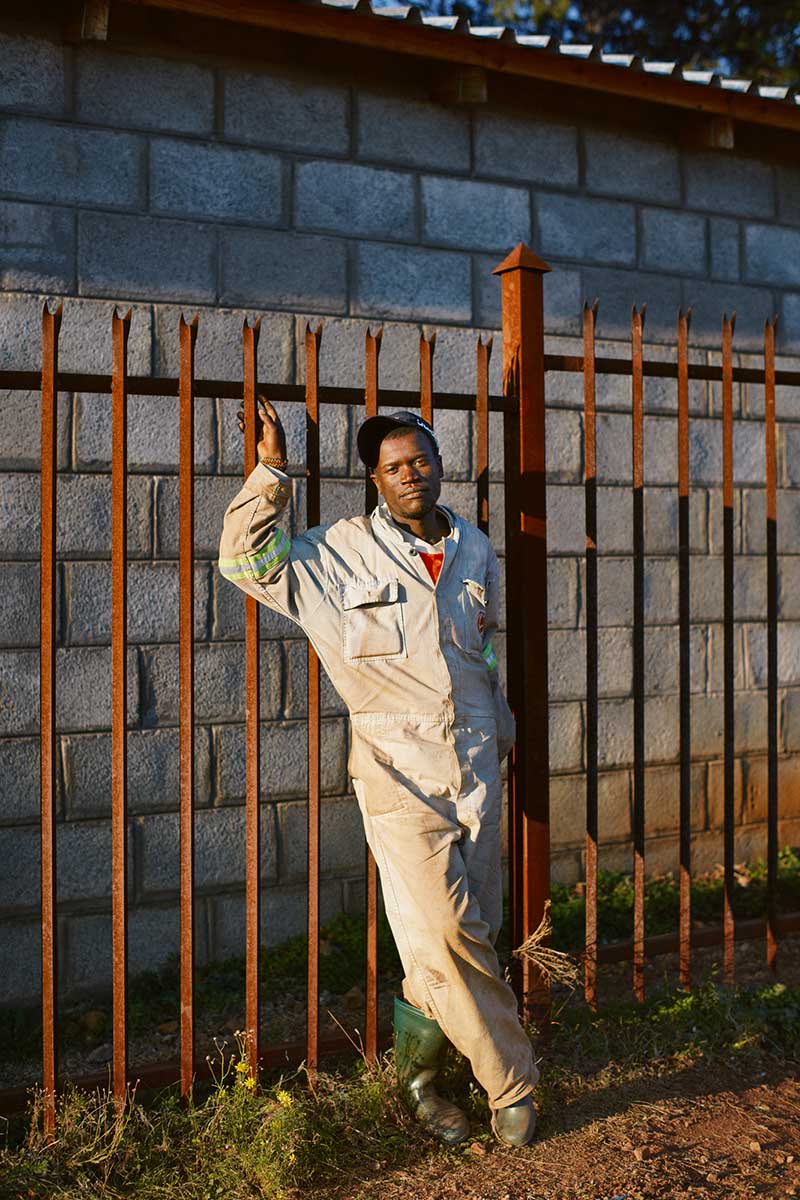

An enclaved country surrounded by South Africa, Lesotho sits more than 1,000 meters above sea level. It boasts majestic mountains, winding valleys, and a complex network of rivers. I stopped in Malealea, a small farming village of around 600 people. They were experiencing a period of drought, and the people’s resilience deeply moved me.
The strangest thing was the huge contrast between the poses of the children I photographed and their socio-economic situation. They would imitate the covers of American magazines, laughing infectiously. I would show them the photos, and it turned into a never-ending game. It was by far one of the most beautiful—and most human—experiences of my life.
I hope my images show how strong and resilient humans are. When I think about how lucky I am to have been born in an affluent place, I’m inspired to go beyond myself and give back to others. I encourage any readers to visit Malealea Lodge, an eco-responsible lodge that hires people from the village and hugely supports the community.

You do as much work in the field as you do in your studio. Does your approach to your subjects change depending on the context?
In the studio, I count on the fact that a comfortable and controlled environment allows an exchange to take place. I always give myself time before the session to have a coffee with the person and talk to them about how they’re feeling. While I’m light testing, I like to give them the camera to reverse our roles and build trust.
Outside the studio, I have less flexibility; I have to be more reactive. I have to know the person before I start taking photos. In the field, I ask a lot of questions and do a lot of listening. It’s important to make space for conversations, and most of all, not to be in a rush to get the shot. I’ve spent hours trying to take someone’s picture with no success, and then they finally open up.
When you take someone’s portrait, what do you try to capture?
Most of my portraits feature a direct gaze. I don’t steal photos without asking. I like to make eye contact when I’m shooting; it’s a form of respect. They’re in control of what they’re projecting. It’s also a form of collaboration, a waltz between them and my camera. I want them to look like they’re owning it.
The town of Nazaré is famous for its gigantic 78-foot waves and its traditional peixe seco (dried fish). Like in many Portuguese villages, it features an impressive market where locals sell the catch of the day. The culture of fishing defines the local lifestyle and ingrains a deep connection to nature. .
What’s your favourite among your works and why?
Close your eyes to see, which combines photography, film, and text. It was inspired by my discussions with Indigenous elders from the Cree Nation of Nemaska, who were relocated for the James Bay hydroelectric project. I sensed that they were afraid of forgetting what life was like before the industrialization of their communities. Things happen so fast, it’s disorienting. Their ancestral way of life has been shaken.
For this project I’d ask them, “What was life like before Nemaska was relocated and your community became industrialized?” They would then close their eyes and think about it. Some of them kept their eyes shut for a few minutes, others for a half hour. I’d tiptoe around the studio and would hardly dare to breathe while I was taking their pictures. I was on the lookout for everything: any eyebrow movement, pursing lips, heavy eyelids, or change in posture.
I did this project at the community’s request, to encourage the elders to share and forever immortalize their childhood memories.
What would you like to communicate to the people looking at your photos?
Hope and positivity, without being sappy. Rawness and beauty. I want to show real situations in order to make them better… That’s really utopian, I know. But it’s what makes me want to take photographs!
What are you working on at the moment?
Recently I’ve been documenting my hunting and fishing trips, and it’s slowly turning into a much more intimate project than usual. I was introduced to the world of hunting on my first visit to Chisasibi, in James Bay; a nine-year-old girl taught me how to pluck and cook a Canada Goose. I’m not vegan, but I’m conscious of industrial processing and I favour game—animals that got to live in nature. Harvesting the animal is also part of the adventure. I don’t like guns, and I like them even less when it comes to shooting an animal. But I’m passionate about nature, wildlife, and a good home-cooked meal.
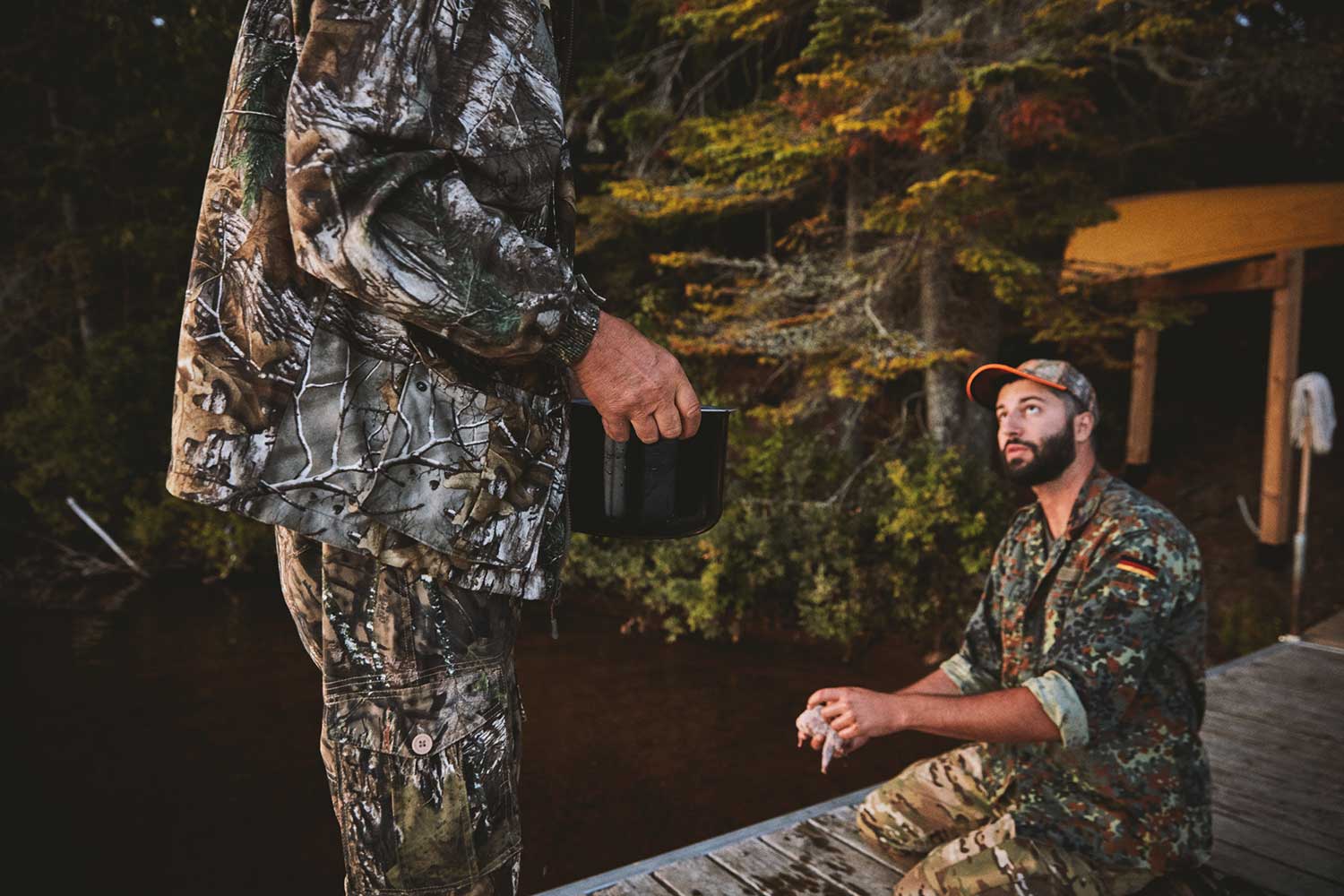
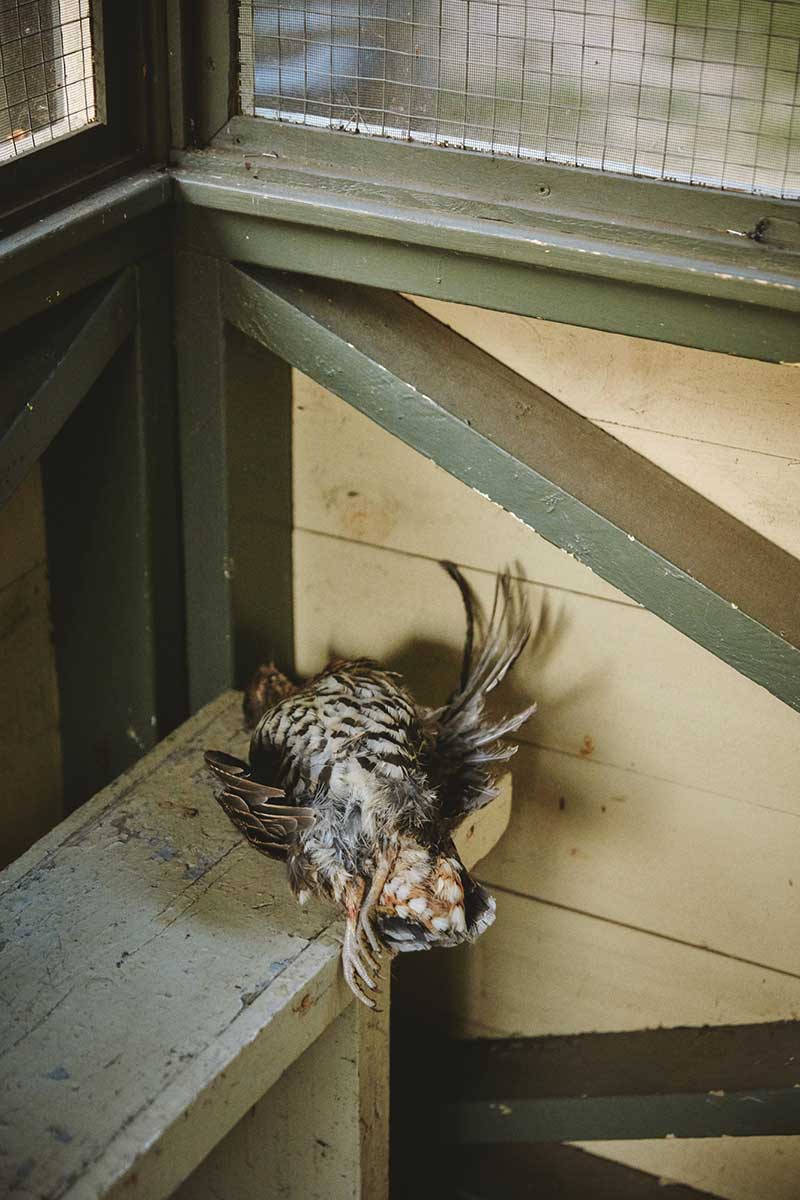
Quand je chasse, tous mes sens sont stimulés. Je suis en communion avec la nature et la beauté du Québec sauvage. J’ai la chance de pratiquer cette activité en famille, et de la documenter lorsque je ne suis pas moi-même à l’affut.
I also learned how to harvest responsibly during my visits to Eeyou Istchee. I think I’m part of a new generation of people who are environmentally and ethically conscious about their outdoor activities. I would like it if my pictures could help undo the cliché of the irresponsible hunter. On top of that, I get to hunt with my family, which allows for really beautiful shared, intimate moments.
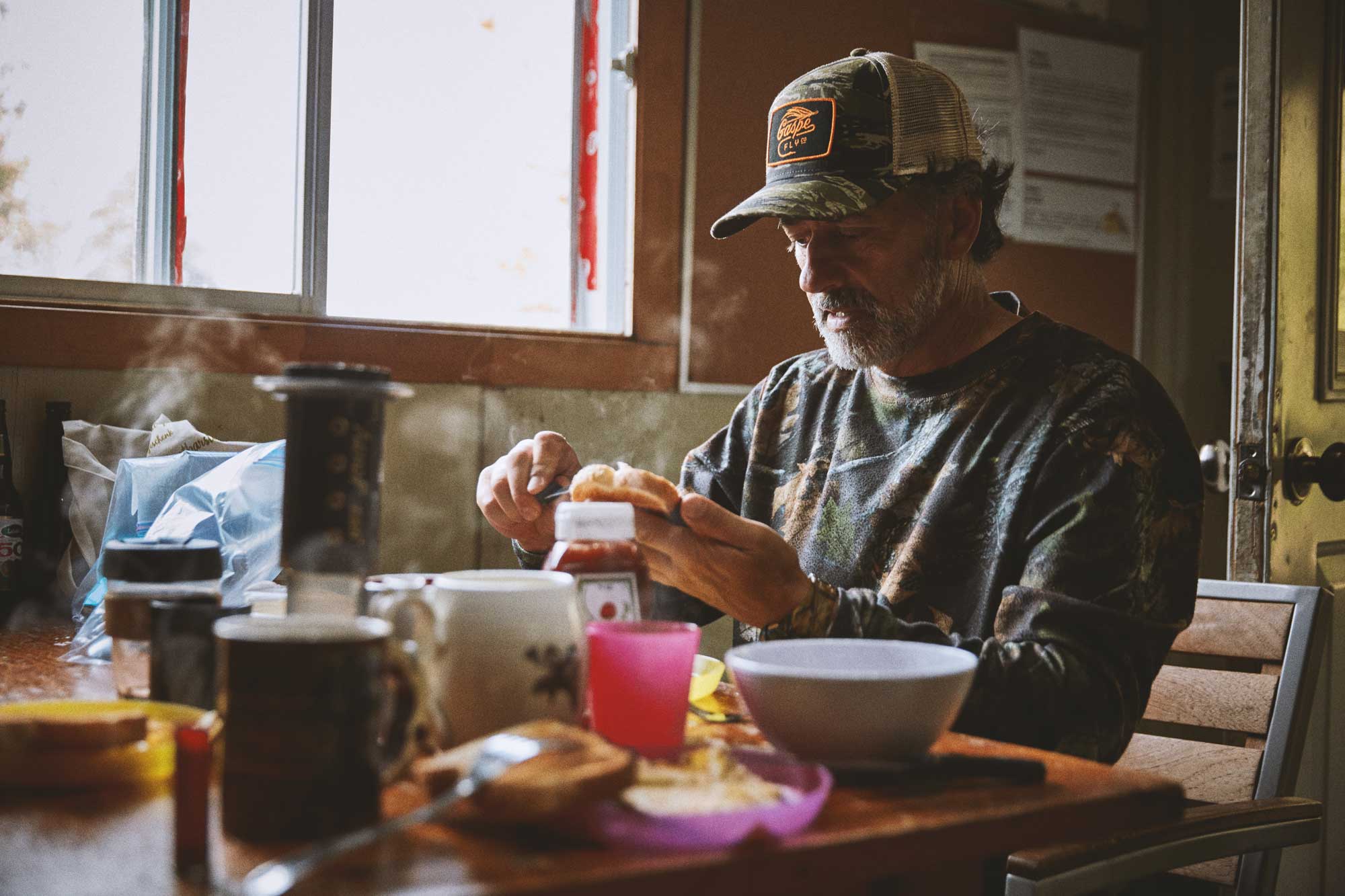
Is there a particular cause you’d like to tell us about? An organization close to your heart?
I had the honour of holding photography workshops in northern Québec thanks to inPath, an organization that fosters the artistic expression of Indigenous youth all across Canada. My parents always encouraged me to do what I love, but no one told me that being a photographer was an option. I had to figure it out for myself, after I was disqualified from the Armed Forces and a few semesters of studying science. I’ve since made it my mission to help other people learn about this amazing profession.
One thing that fascinates me about teens is the contrast between their impulsive excitement and their lack of confidence and experience. In my workshops, I try to give them better tools to express their opinions, with powerful and symbolic images. InPath also hosts residencies for professional artists in Indigenous communities. It was actually in my last two six-week residencies that I took my most important series of photos, Délogés (“Driven Out”).
What three Instagram accounts inspire you?
@Chrismacarthur
@bbt_production
@arni_coraldo
_________________
Where to find Nicolas?
@nico_gouin / nicolasgouin.com / gobastudio.com
_________________
Nicolas Gouin published a visual essay in Issue 07 of BESIDE Magazine.





